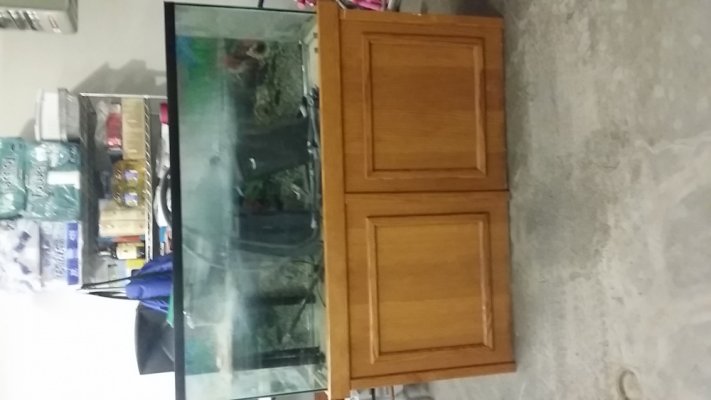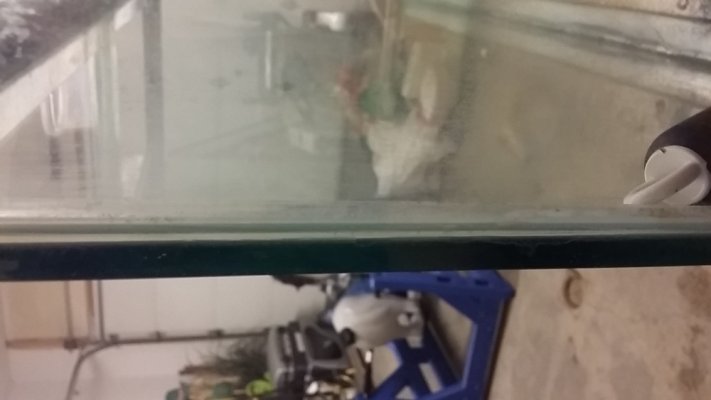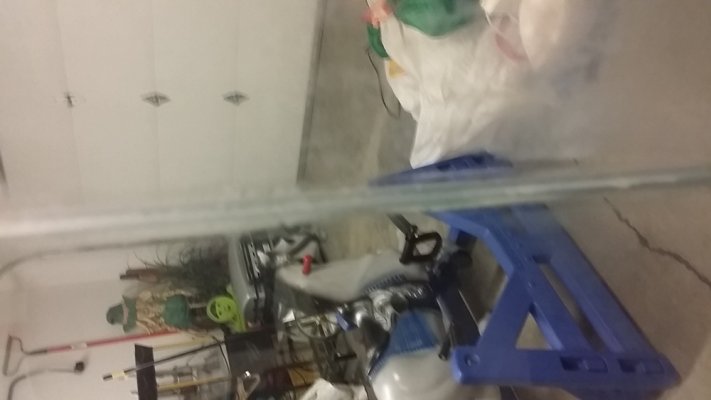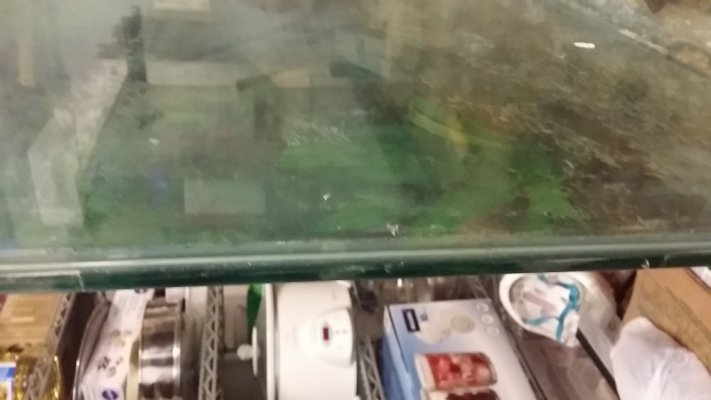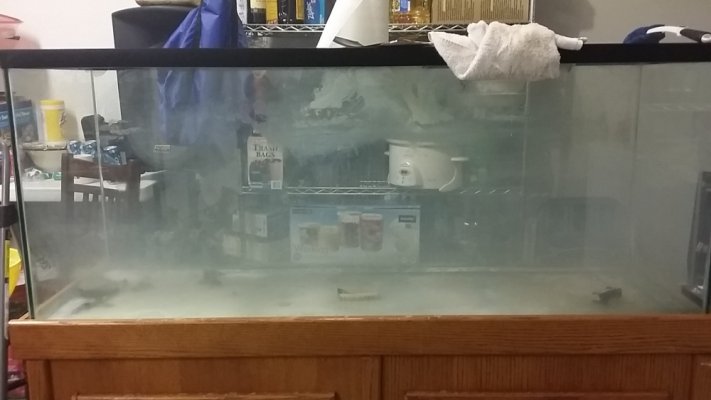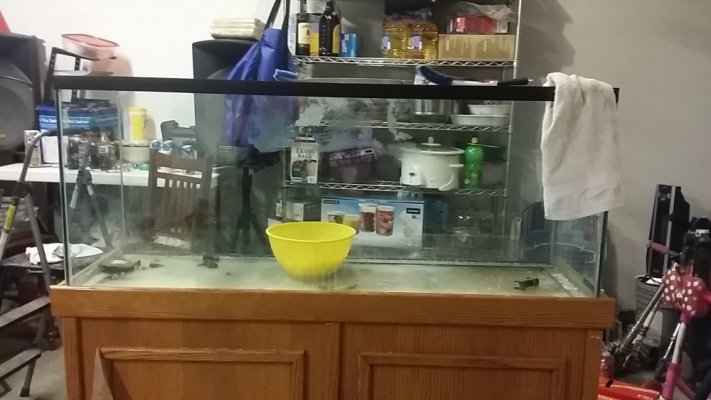Hey guys haven't been on here for awhile but I just have a general question that I might know the answer to already but I thought I'd just ask. So I was able to score a free 120g turtle tank that's been sitting inside a house for about 3-4 months so they say. Would you reseal the tank. I mean the seals look great just haven't had the time to actually test it. The tank needs cleaning which is in the works as well.I'll try to get pictures of it soon. Thanks
Edit here is the tank when I got it and some of the corner seals. Also it came with 2 fluval 404 that work like a charm
Edit here is the tank when I got it and some of the corner seals. Also it came with 2 fluval 404 that work like a charm

